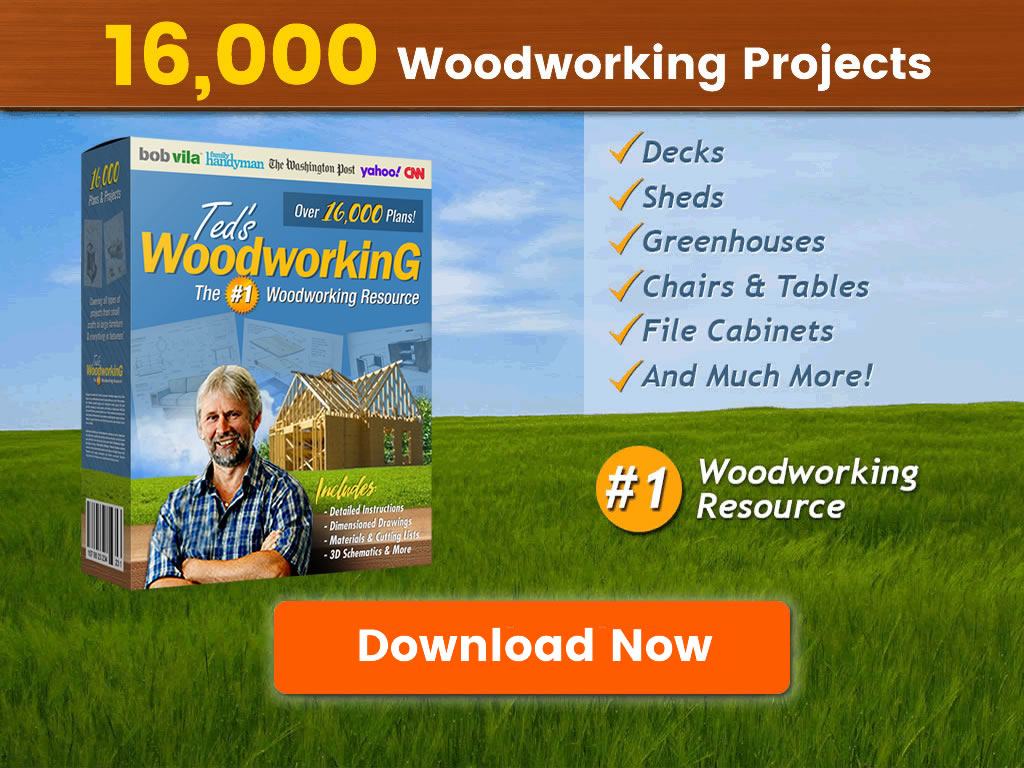Container gardening has exploded in popularity over the last decade. Whether you have a small balcony, a rooftop patio, or simply want to supplement your traditional garden beds, growing plants in containers gives you flexibility, convenience, and a chance to create beauty even in a limited space. However, while container gardening seems simple on the surface, it has its own challenges.
Even experienced gardeners can make mistakes that leave container plants stunted, stressed, or even dead before the season is over. Understanding the most frequent errors — and how to correct or avoid them — can save you frustration and money while keeping your container garden thriving.
Below, you will find a deep look into 10 common container gardening mistakes, along with practical solutions to help you grow healthier, more productive plants.
1. Choosing the Wrong Container
One of the most common mistakes is picking the wrong type of container. That might mean choosing something too small, made of the wrong material, or lacking drainage.
The Problem
A pot that is too small quickly dries out, overheats, and restricts roots. Containers without drainage holes will lead to waterlogged soil and root rot. Some containers, like cheap thin plastic pots, can crack in the sun or leach chemicals over time.
How to Avoid It
-
Go bigger than you think you need. Plants often outgrow smaller containers in weeks, so size up.
-
Ensure good drainage by drilling holes if necessary.
-
Choose quality materials like food-grade plastic, ceramic, or unglazed clay for breathability.
-
Consider color and location: dark containers absorb heat and can overheat roots in full sun.
A sturdy, well-sized pot with proper drainage is the foundation of container garden success.
2. Using Poor Soil
Container soil is not the same as regular garden soil. A surprising number of gardeners try to scoop soil from the backyard to fill containers, with disappointing results.
The Problem
Native soil is usually too dense and poorly aerated for containers. It may compact, drain poorly, and lack nutrients in a confined space. Worse, backyard soil could harbor pests, pathogens, or weed seeds.
How to Avoid It
-
Use a high-quality potting mix designed for containers. These mixes are lighter, drain better, and contain organic matter and nutrients.
-
If you want to save money, blend compost with peat, coconut coir, and perlite to make your own container-friendly soil.
-
Refresh or partially replace container soil each season to avoid salt buildup and nutrient depletion.
3. Overwatering or Underwatering
Getting watering right is tricky in containers, where soil volume is limited and weather changes fast. Overwatering is as common as underwatering.
The Problem
Waterlogged roots suffocate and rot, while drought-stressed plants wilt and fail to grow. Containers dry out much faster than in-ground beds, especially on hot or windy days.
How to Avoid It
-
Check moisture with your finger before watering. If the top inch is dry, it’s time to water.
-
Use containers with drainage holes.
-
Water thoroughly until you see water drain from the bottom, ensuring the entire root zone is moistened.
-
Group thirstier plants together so you can monitor them more easily.
-
Consider self-watering containers to even out moisture.
4. Not Feeding Often Enough
Container-grown plants use up nutrients faster because they have a small soil volume and regular watering leaches nutrients away.
The Problem
Without replenishment, your plants can become nutrient-starved mid-season, showing yellow leaves, poor flowering, or stunted growth.
How to Avoid It
-
Start with a good organic potting mix with slow-release fertilizer.
-
Feed every 2–4 weeks with a balanced organic liquid fertilizer during the growing season.
-
Supplement heavy feeders (like tomatoes or peppers) with extra compost or fish emulsion.
Remember: frequent, light feeding is better than occasional heavy fertilizing, which can burn roots.
5. Planting Too Closely
Cramming multiple plants into one pot is tempting, but overcrowding spells trouble.
The Problem
Plants compete for light, nutrients, and water, leading to weak growth, pest problems, and disease outbreaks. Overcrowding also stifles air circulation, encouraging mildew and fungal issues.
How to Avoid It
-
Read the plant label or seed packet to know mature sizes.
-
Give each plant enough room to expand roots and foliage.
-
If growing mixed containers, match plants with similar growth rates and needs so one does not overwhelm the others.
-
When in doubt, plant fewer and allow them to fill out naturally.
6. Ignoring Sun Requirements
Sun exposure is critical to container garden success, yet gardeners often misjudge how much sun their plants receive.
The Problem
Full-sun vegetables will languish in shade, while shade-loving herbs burn up in hot sunlight. Many balconies or patios have shifting light patterns during the day, adding to confusion.
How to Avoid It
-
Track sunlight with a timer or simply observe your space over a full day before placing containers.
-
Choose plants whose sun requirements match your conditions: 6–8 hours of sun for most vegetables, partial sun for many herbs, and shade for foliage ornamentals.
-
Rotate containers during the season if light patterns change with the sun’s angle.
7. Forgetting to Rotate and Refresh
Container gardens often stay in the same spot for months or even years. Over time, soil gets depleted and pests build up, creating long-term problems.
The Problem
Soil-borne pathogens, insect eggs, and nutrient exhaustion are more common if you never rotate or refresh your container setup.
How to Avoid It
-
At the end of the season, dump out old soil and solarize it if reusing, or compost it and start fresh next year.
-
Scrub and disinfect pots each year to remove disease spores.
-
Rotate what you plant in each container (e.g., don’t grow tomatoes in the same pot every year).
-
Top off containers with fresh compost each season.
8. Neglecting to Prune and Pinch
In containers, plants often grow differently than in the ground. They can become leggy, spindly, or tangled without regular maintenance.
The Problem
Unpruned container plants suffer from poor airflow, reduced flowering, and wasted energy on excess foliage.
How to Avoid It
-
Pinch back herbs and leafy greens to keep them bushy.
-
Prune tomatoes to encourage better air flow and fruit set.
-
Deadhead flowers to prolong blooming.
-
Remove yellowing or diseased leaves promptly.
Pruning is not just about looks — it keeps plants productive and healthy.
9. Failing to Provide Support
Many container gardeners skip installing trellises or cages, assuming container-grown plants will stay smaller.
The Problem
Vining crops like tomatoes, peas, or cucumbers need sturdy support even in pots. Without it, they sprawl, get damaged, or rot on wet soil surfaces.
How to Avoid It
-
Install supports at planting time so you don’t disturb roots later.
-
Choose compact varieties if you have limited space but still use small trellises or stakes.
-
Check ties and adjust as plants grow to avoid cutting into stems.
10. Overlooking Microclimates
Finally, container gardeners often underestimate how different spots on a patio or balcony behave.
The Problem
Surfaces like concrete or brick radiate heat. Wind tunnels between buildings can dry out containers. Reflected sunlight from glass can scorch foliage.
How to Avoid It
-
Observe your microclimate carefully before placing containers.
-
Use saucers or pot feet to lift containers off hot surfaces.
-
Cluster containers to create a more stable humidity zone.
-
Move containers if a location proves too hot, windy, or shaded.
Containers are mobile — use that advantage to adapt throughout the season.
Putting It All Together: Container Gardening Success
Container gardening is a powerful way to grow food, flowers, and herbs even when space is limited. With proper planning, you can grow tomatoes on a balcony, herbs by a kitchen door, or a flower garden on a rooftop. But you’ll have far more success if you keep these ten mistakes in mind and actively work to avoid them.
Recap of Solutions
✅ Choose the right size and material of pot with good drainage
✅ Use high-quality potting mix instead of native soil
✅ Water consistently — not too much or too little
✅ Fertilize regularly with organic options
✅ Allow enough room for plants to grow
✅ Match plants to the sunlight they receive
✅ Refresh soil and rotate plants seasonally
✅ Prune, pinch, and deadhead to maintain health
✅ Provide supports for climbing plants
✅ Respect microclimates and adapt your setup
Advanced Tips for Container Gardeners
If you want to level up beyond the basics, consider these advanced strategies:
-
Incorporate slow-release organic fertilizers into the potting mix at planting time.
-
Use self-watering containers for drought-prone areas or vacation periods.
-
Add mycorrhizal inoculants to potting soil to boost root health and nutrient absorption.
-
Install drip irrigation for container groupings to save time and water.
-
Rotate insect-repelling companion plants like basil with tomatoes or nasturtiums with cucumbers to minimize pests.
Benefits of Container Gardening
In case you need inspiration to get started or keep going, here are some undeniable advantages of container gardening:
🌿 Grows food in small spaces
🌿 Creates a movable garden
🌿 Reduces weeding
🌿 Easier to manage soil quality
🌿 Provides better pest control
🌿 Decorates and beautifies urban environments
🌿 Offers a rewarding hobby with immediate results
Container gardening blends creativity with practicality. It empowers you to build a thriving green space even if you live in the middle of a city.
Final Thoughts
By understanding these 10 common container gardening mistakes and applying solutions before problems develop, you can enjoy a lush, productive, and stress-free growing season. Container gardening is flexible and forgiving if you respect a few core principles: healthy soil, proper watering, good drainage, the right light, and seasonal upkeep.
When you treat your containers as living, evolving mini-gardens rather than static flowerpots, you will see them flourish season after season. The rewards — fresh herbs, tasty vegetables, beautiful flowers, or simply the peace of a green oasis — are well worth the effort.







